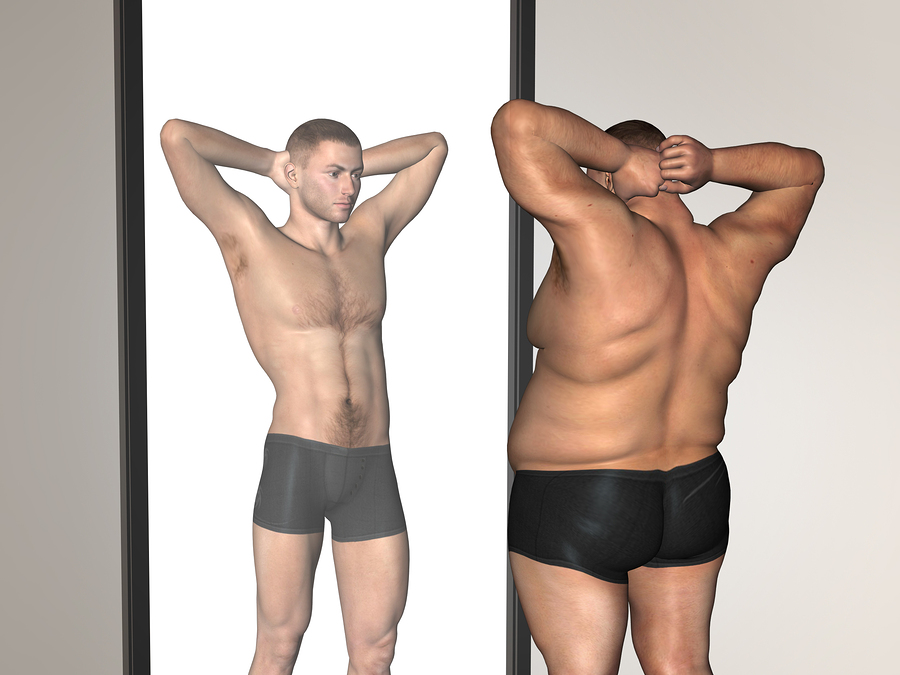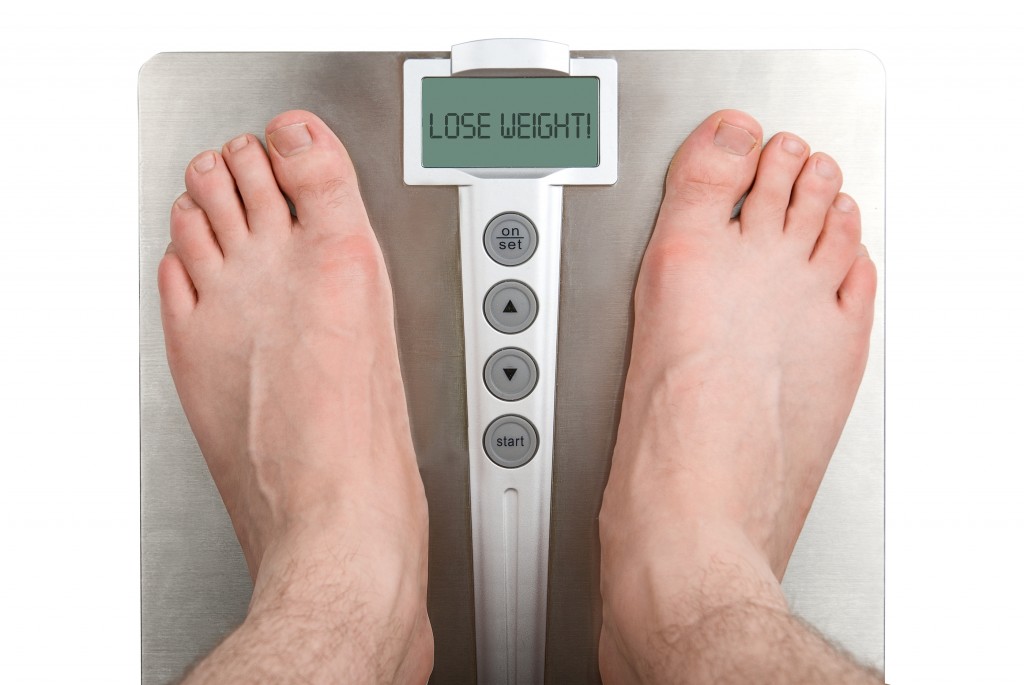- Make It Yourself Lavender Heart-Shaped Bath Bombs!
- 20 Things You Never Knew About “Down There”
- 12 Best Foods For Those Suffering From Arthritis Pain
- 12 Personal Hygiene Mistakes Almost Everyone Makes (Mom Never Told You About #4!)
- 15 Medicinal Plants And Herbs From The Cherokee People
- 12 Mind-Blowing Benefits Of Drinking Coconut Water During Pregnancy
- 12 Outstanding Winter Foods That Won’t Fatten You Up Like A Christmas Turkey
Which Is The Best Way To Lose Weight: Fasting Or Traditional Weight Loss?

Photo credit: bigstock.com
There are so many different ways to lose weight it can become mind boggling. There are companies where you can order your diet meals and have them delivered, and there are places where you can go for support. You can go on a low-calorie, low-carbohydrate, Paleo, plant-based, or ketogenic diet, just to name a few. One of the new ways to drop off the pounds is too fast. Intermittent fasting, also known as alternate day fasting, has been put up against a regular weight loss program to see which one works best.
What is Intermittent or Alternate-Day Fasting?
Fasting – even though it is called different names, such as intermittent, alternate day, or the 5:2 diet – all comes down to not eating more than 500 calories a day. It is a very strict way to lose weight and means you have to eat less in one day then resume eating a regular meal the following day. Your body doesn’t really have a chance to get used to eating less when you follow it up with eating more than you normally do.
There are a number of ways to fast. Here are five different types you may want to try before you begin:
1. Leangains
Leangains – best for those who frequent the gym and are wanting to end up looking like a body builder. Women fast for 14 hours, men for 16, then they eat regular food for the rest of the time they have left. Fasting this way is pretty well structured and based on when you exercise at the gym and when you relax and fast. This is more difficult than most of the other fasting plans.
2. Eat Stop Eat
Eat Stop Eat – for those who are healthy and are into resistance training. On this plan you fast for 24 hours a couple of times each week. You do not eat any food at all during this period, but only drink beverages that are calorie-free. When you are off the fast, you act as if you never fasted and eat regular meals. This plan is very difficult for most people. Going 24 hours without food will leave you feeling tired, anxious, and probably with a headache.
Continue to Page 2

Photo credit: bigstock.com
3. The Warrior Diet
The Warrior Diet – for dieters who like structure. This plan is a little more lenient. You fast for about 20 hours each day then you eat one big meal each night. The good part is that you can still eat a few things during the fasting portion of the day. You can consume some small servings of veggies or fruits in their raw form, some protein, and fresh juice.
4. Fat Loss Forever
Fat Loss Forever – for people who go to the gym all the time and just want a cheat day here and there. You fast for 36 hours each week then have a cheat day every week. The fasting times are broken up. Of course, everyone always looks forward to the cheat day.
5. UpDayDownDay
UpDayDownDay – for those who have gone on many diets and are serious about finally reaching their goal weight. This is the Alternate-Day Diet so you eat regularly on one day and very little on the next. One day you consume 2,000 to 2,500 calories then the next day you eat around 400 – 500 calories. You can make it easier for yourself by utilizing protein shakes on your fasting days.
Once you have figured out if and which type of fasting program you want to start, you need to decide on which regular diet you are going to follow on the days when you are not fasting. Do you want to follow a low-calorie diet, a low carbohydrate diet, or a vegan program?
Continue to Page 3

Photo credit: bigstockphoto.com
Fasting or Traditional Dieting?
A study was done on which program would yield the greatest weight loss: fasting or traditional dieting. A group of 100 adults who were obese participated and joined one of three groups: one that fasted on alternate days, one that went on a traditional diet, and the last group didn’t go on any diet at all.
The study focused on certain fasting diets: participants of the fasting group who only took in about 500 calories; the regular diet group ate 25% less calories every day; and the other group just ate as they usually do. The study lasted 5 months and the end result showed that the people who fasted and the ones on the traditional diet lost around 7 percent more than those who didn’t diet at all. There was no difference between those who fasted and those who went on a traditional diet. The major issue was that 38 percent of the group could not finish the fasting process for a 6-month period. The only difference was 29 percent were unable to finish the traditional dieting program over the 6-month period.
Which Process Should You Follow to Lose Weight?
With there being no major differences in weight loss between the groups and both groups losing participants who couldn’t follow the study through the entire 6-month period, what should you do to reach your weight loss goals?
The best way you should embark on a weight loss program is to think about the plan you used in the past when you were successful. Some people are able to follow a low-calorie program where they can eat whatever they want, but use portion control so that they stay within the 1200 to 1800 calorie parameters.
Other people prefer to follow a low carbohydrate plan. This allows more foods that fill you up because you are able to eat unlimited amounts of fats and protein. Don’t try this type of diet if you have a sweet tooth. You will take a small spoonful of ice cream and before you know it you will have eaten the entire pint.
READ ALSO: Zero-Calorie Foods That Will Help You Lose Weight Fast Infographic
The most important thing you can do in order to be successful is:
- Set your goals
- Write down everything you eat
- Incorporate some form of exercise daily
- Weigh yourself once a week
- Start a buddy system if you can
- Reward yourself every time you reach a goal – not something food related. Whenever you lose 10 pounds buy yourself a piece of clothing that is one size smaller than you were wearing.
- Don’t be impatient. Even if you only lose 2 pounds a week that turns into 48 pounds in 6 months!
References:
































